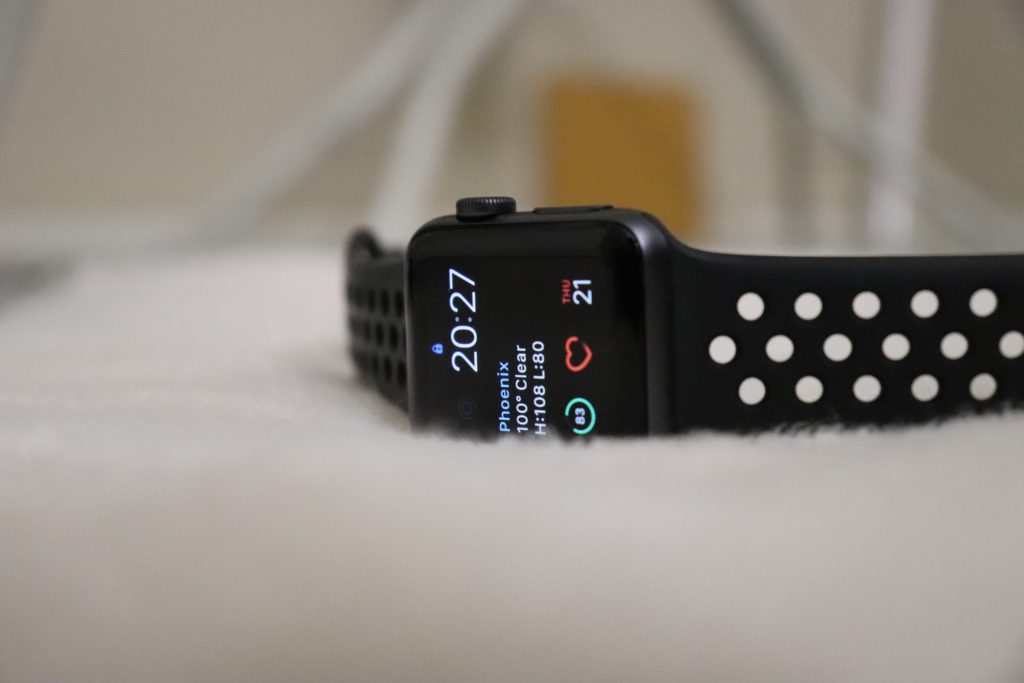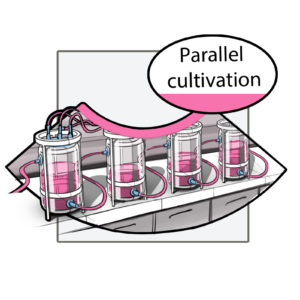The mission of UNLOCK (to unlock microbial potential) can be compared with the quest for a dream team, like in sports. Once a team is established, we can test and compare its performance under different conditions. This can be done in parallel in the Parallel Cultivation Platform, as we explain in this blog.
By the UNLOCK team / June 7, 2022
KEY MESSAGES
- Microbes are everywhere, but only 1% of their talent has been discovered so far.
- Microbes are natural team players. That’s why UNLOCK aims to investigate microbes in the context of their “community” or team. Their true talent might remain uncovered when they are forced to play by themselves.
- Multiple ways hold the key to identifying the right talent and composing a dream team.
- In this blog, we exemplify the research of our Parallel Cultivation, in which we test and compare the same microbial team under different conditions to optimize their performance and/or exploit individual microbial talents.
Testing performance under different conditions
Comparing different conditions in parallel
Imagine an intensive day of training with a sports team and doing the same exercise repeatedly, each time under slightly different conditions. Luckily, microbes duplicate themselves more efficiently, allowing parallel sessions simultaneously. In fact, the Parallel Cultivation Platform will enable scientists to test various conditions at the same time. Additionally, thanks to the equipment of the platform, natural conditions can be mimicked more accurately: Think about day-night cycles and seasonal variations, as opposed to constant exposure to light or temperature. Similarly, a sports team has to deal with different (unexpected) circumstances during a sports race. In a test event, it might be good to simulate these conditions as accurately as possible.

Monitoring performance 24/7
Integration with the other platforms
- Lead image by CDC via Unsplash

